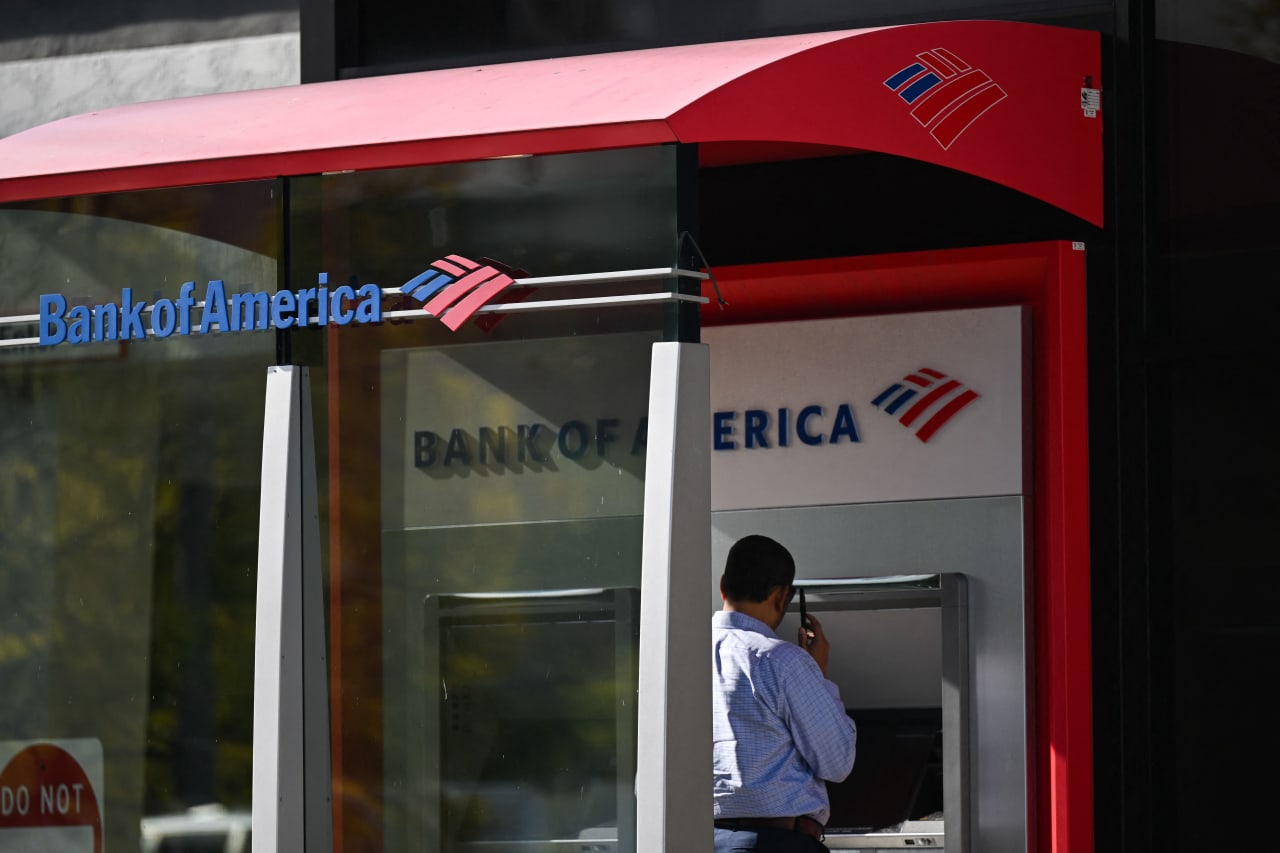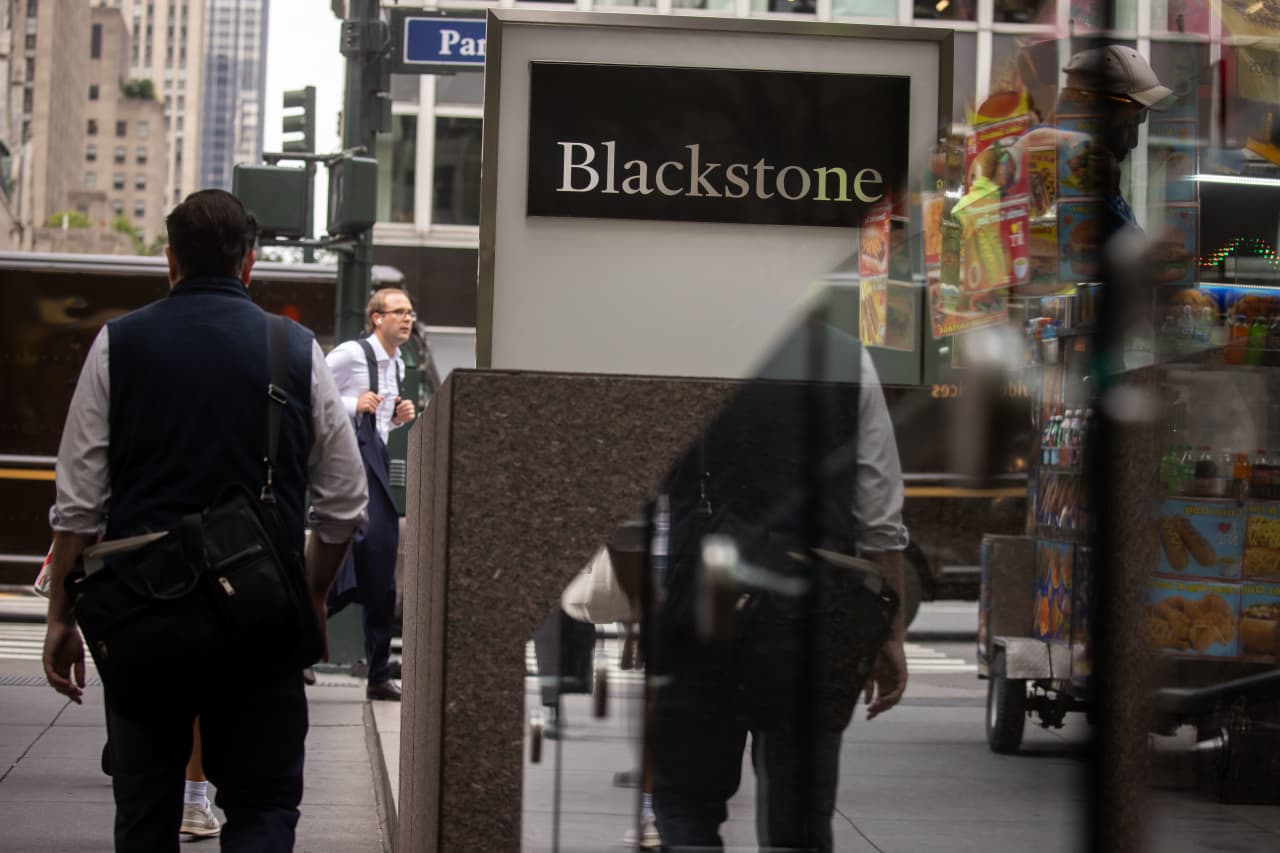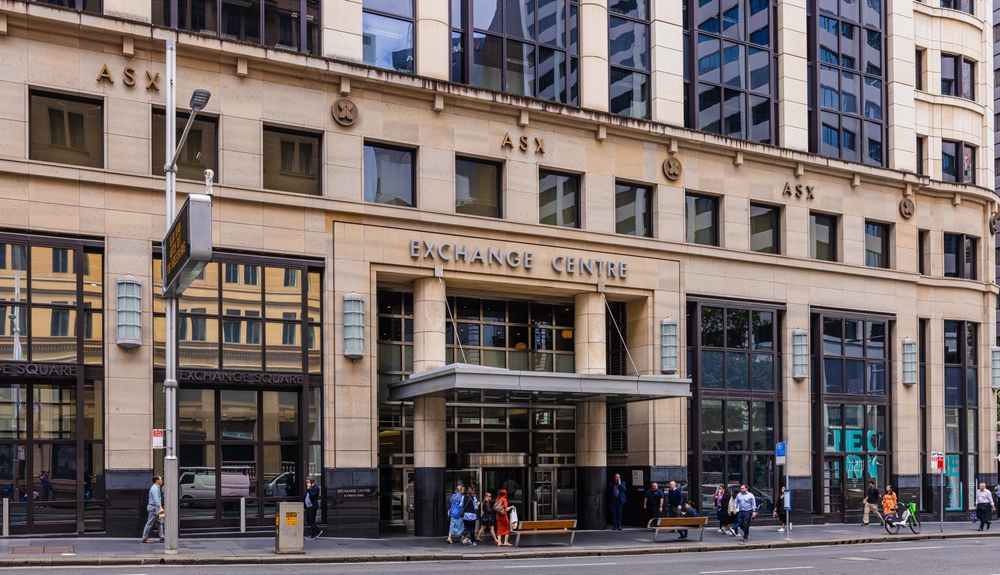The fast-approaching ‘silver tsunami’ set to hit the Australian economy
As 710,000 Australians choose to retire in the next five years, there are serious implications for the economy on the horizon
Australia is fast approaching a ‘silver tsunami’ that will bring with it significant socio-economic challenges for the country says the Retirement Living Council (RLC), a division of the Property Council Australia. RLC Executive Director Daniel Gannon said the council is concerned about housing affordability for older Australians and the provision of enough housing options, such as retirement villages, to allow for an affordable and comfortable lifestyle after they stop working.
There are 4.2 million retirees in Australia today, and another 710,000 people intend to retire over the next five years, according to new data from the Australian Bureau of Statistics (ABS). Over the next two years, 226,000 people intend to retire, which is almost 100,000 more than the number of people who retired between FY21 and FY23.
For advice on planning a comfortable retirement now, read the Winter issue of Kanebridge Quarterly, on sale June 13.
The average age at retirement among Australia’s current cohort of retirees was 56.9 years, according to the data. However, the average age that most people intend to retire is 65.4 years, which is about 18 months before they become eligible for the age pension at 67 years of age.
On average, women retire sooner than men, but they are retiring later than in previous years. In FY23, the average age at retirement among female retirees was 54.7 years, up from 54 years in FY21. Men are also retiring slightly later with their average age at retirement now 59.4 years, compared to 59.3 years in FY21. Over these two years, Queensland saw the greatest increase in its retiree population, up 32,000 to 860,000. New South Wales had the largest retiree population at 1.3 million.
The ABS said the main factor influencing someone’s decision about when to retire was financial security. In FY23, the most common reason for deciding to retire cited by 31% of those surveyed was reaching the retirement age (i.e., pension age) or becoming eligible to access their superannuation. Most Australians can’t access their superannuation until they reach their preservation age. This age varies depending on the age of birth but ranges from 55 years for those born before 1 July 1960 to 60 years for those born after 30 June 1964.
The second most common reason behind retiring was sickness, injury or disability (13 percent). The next most common was being retrenched, dismissed or not being able to find work (5 percent). In these cases, financial security may not be assured and retirement becomes more of a forced decision. Currently, the age pension is still the main source of income for most retirees, with superannuation the second most common main source of income.
Given financial security is a key concern among those nearing or at retirement age, Mr Gannon said governments needed to ensure there would be enough suitable and affordable housing options for retirees as their numbers grow. “Unfortunately, a rapidly growing number of Australians are retiring with mortgage debt while the aged pension remains the main source of income for most retirees. Units in retirement communities are priced on average 48 percent lower than median house prices in the same postcode, meaning these communities can help address retirement income challenges.”
Mr Gannon said the recent Federal Budget contained no housing plan for older Australians amid today’s housing supply and affordability crisis. “While [the increase in] Commonwealth rent assistance is welcome news for some Australians, the existing eligibility thresholds exclude the majority of people living in affordably priced retirement units,” he said.
This stylish family home combines a classic palette and finishes with a flexible floorplan
Just 55 minutes from Sydney, make this your creative getaway located in the majestic Hawkesbury region.
When will Berkshire Hathaway stop selling Bank of America stock?
Berkshire began liquidating its big stake in the banking company in mid-July—and has already unloaded about 15% of its interest. The selling has been fairly aggressive and has totaled about $6 billion. (Berkshire still holds 883 million shares, an 11.3% interest worth $35 billion based on its most recent filing on Aug. 30.)
The selling has prompted speculation about when CEO Warren Buffett, who oversees Berkshire’s $300 billion equity portfolio, will stop. The sales have depressed Bank of America stock, which has underperformed peers since Berkshire began its sell program. The stock closed down 0.9% Thursday at $40.14.
It’s possible that Berkshire will stop selling when the stake drops to 700 million shares. Taxes and history would be the reasons why.
Berkshire accumulated its Bank of America stake in two stages—and at vastly different prices. Berkshire’s initial stake came in 2017 , when it swapped $5 billion of Bank of America preferred stock for 700 million shares of common stock via warrants it received as part of the original preferred investment in 2011.
Berkshire got a sweet deal in that 2011 transaction. At the time, Bank of America was looking for a Buffett imprimatur—and the bank’s stock price was weak and under $10 a share.
Berkshire paid about $7 a share for that initial stake of 700 million common shares. The rest of the Berkshire stake, more than 300 million shares, was mostly purchased in 2018 at around $30 a share.
With Bank of America stock currently trading around $40, Berkshire faces a high tax burden from selling shares from the original stake of 700 million shares, given the low cost basis, and a much lighter tax hit from unloading the rest. Berkshire is subject to corporate taxes—an estimated 25% including local taxes—on gains on any sales of stock. The tax bite is stark.
Berkshire might own $2 to $3 a share in taxes on sales of high-cost stock and $8 a share on low-cost stock purchased for $7 a share.
New York tax expert Robert Willens says corporations, like individuals, can specify the particular lots when they sell stock with multiple cost levels.
“If stock is held in the custody of a broker, an adequate identification is made if the taxpayer specifies to the broker having custody of the stock the particular stock to be sold and, within a reasonable time thereafter, confirmation of such specification is set forth in a written document from the broker,” Willens told Barron’s in an email.
He assumes that Berkshire will identify the high-cost Bank of America stock for the recent sales to minimize its tax liability.
If sellers don’t specify, they generally are subject to “first in, first out,” or FIFO, accounting, meaning that the stock bought first would be subject to any tax on gains.
Buffett tends to be tax-averse—and that may prompt him to keep the original stake of 700 million shares. He could also mull any loyalty he may feel toward Bank of America CEO Brian Moynihan , whom Buffett has praised in the past.
Another reason for Berkshire to hold Bank of America is that it’s the company’s only big equity holding among traditional banks after selling shares of U.S. Bancorp , Bank of New York Mellon , JPMorgan Chase , and Wells Fargo in recent years.
Buffett, however, often eliminates stock holdings after he begins selling them down, as he did with the other bank stocks. Berkshire does retain a smaller stake of about $3 billion in Citigroup.
There could be a new filing on sales of Bank of America stock by Berkshire on Thursday evening. It has been three business days since the last one.
Berkshire must file within two business days of any sales of Bank of America stock since it owns more than 10%. The conglomerate will need to get its stake under about 777 million shares, about 100 million below the current level, before it can avoid the two-day filing rule.
It should be said that taxes haven’t deterred Buffett from selling over half of Berkshire’s stake in Apple this year—an estimated $85 billion or more of stock. Barron’s has estimated that Berkshire may owe $15 billion on the bulk of the sales that occurred in the second quarter.
Berkshire now holds 400 million shares of Apple and Barron’s has argued that Buffett may be finished reducing the Apple stake at that round number, which is the same number of shares that Berkshire has held in Coca-Cola for more than two decades.
Buffett may like round numbers—and 700 million could be just the right figure for Bank of America.
This stylish family home combines a classic palette and finishes with a flexible floorplan
Just 55 minutes from Sydney, make this your creative getaway located in the majestic Hawkesbury region.


















